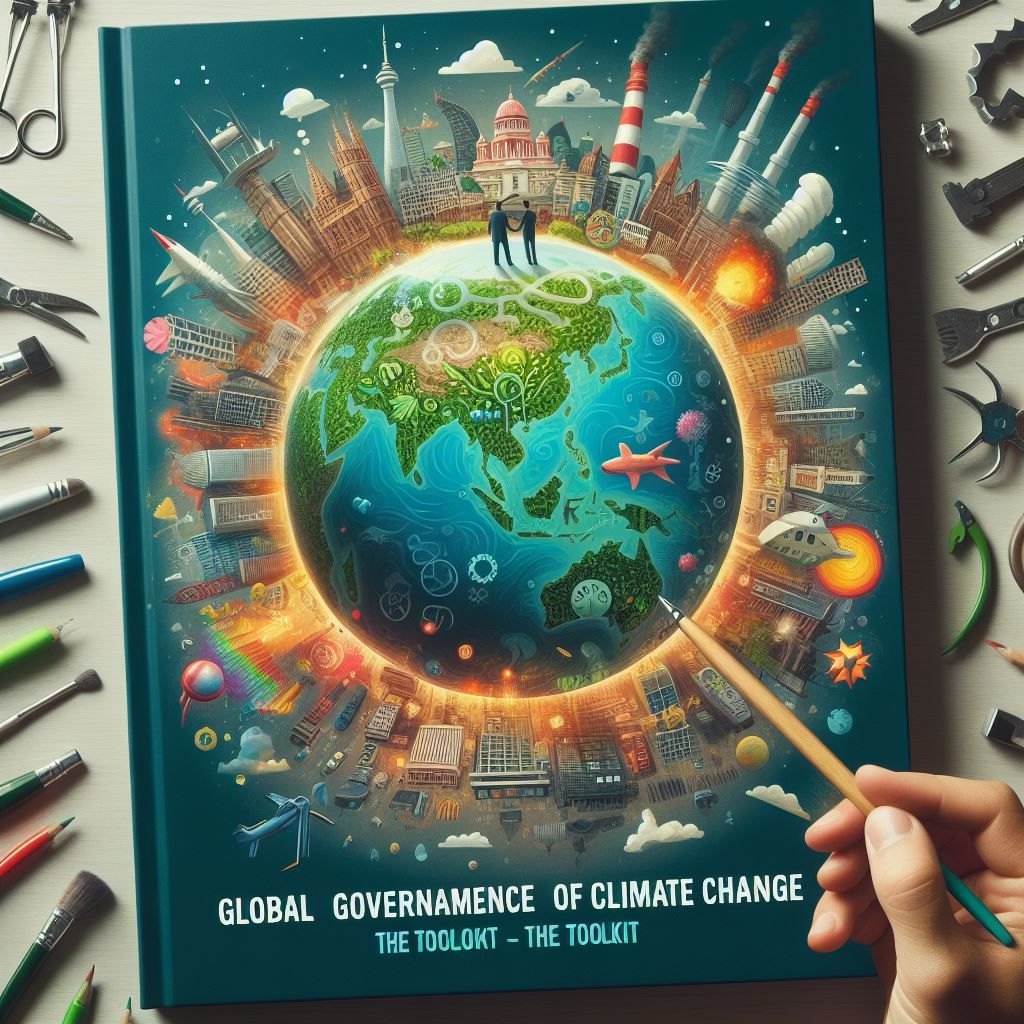A proposal for better targets and reduced red tape (the case of the eu green deal)1

(Draft Proposal, December 2023)
Seven years ago, 1952 countries signed the Paris agreement committing collectively to the objective of reducing emissions by 43% within 2030. Seven years later, when we have only seven years before 2030, emissions have grown by a further 6%.
The Dolomite Conference provided the opportunity to consider the possibility that part of the problem are in the most important policy levers:
1. Current target system is not capable enough to generate neither political accountability nor “social control”
2. This lack tends to be compensated by “fit-for-all” regulations
Consequently, current format of global governance tends to produce high expectations and insufficient results (and this may produce a backlash)
THE PROBLEM SETTING: THE RISK OF A POLITICAL BLACKLASH AND THE EU CASE
The Paris Agreement's reliance on "nationally determined contributions" has led to significant disparities among countries, hindering the ability to monitor progress effectively. This lack of a standardized framework has made challenging to compare and assess the adequacy of individual nation’s efforts. Also, without stringent oversight countries may deviate from their commitments without facing meaningful consequences.
The question of the efficiency of the toolkit for the monitoring of climate change policies can be better understood if we refer to the part of the world which has been most active to regulate and measure progress.
The EU does consider itself as the frontrunner in climate change mitigation. However, such ambition has recently hit a widespread political fatigue3. Part of the backlash is about being tired of permanently hyped announcements and little results. It is true for the EU what we just said about the COP: the green deal announced in 2019 by the President of the European Commission Ursula Von-der-Leyen, had the overall objective to decrease emissions by 2030 of 40% (55% vis-à-vis 1990); after four years the reduction has been of only 4%.
The case of the EU provides two hints. The first is about the limit of long-term targets such as those to be reached by 2030 or by 2050: political cycle are such that politicians tend not to feel accountable for their achievement of an objective which is at least two elections away. The second is the abundance of laws (the climate laws) that tries to regulate (or ban) a very wide set of individual and collective behaviors (from efficiency of residential building to reduction of livestock; from compliance from firms to ESG accounting to recycling; from limits on research on geo-engineering to fossil fueled cars).
Targets tend not to be reached; and yet regulations do immediately take a toll on citizens’ / electors’ lives.
THE PROBLEM SOLVING: MORE ACCOUNTABILITY AND MORE FLEXIBILITY
The reform of the EU “green deal” is likely to be one of the main issues to be tackled in one year time, when the new European Parliament will have been elected (in June 2024) and new European Commission will have been nominated.
The reform of the “green deal” can also serve as a blueprint for a making the “Paris agreement” stronger.
The idea can be articulated in five points:
1. Targets must be not any more on a time and space frame that is too wide for policy makers to be accountable for their achievement.
They will be negotiated per country – based on its resources, energy mix, political capital of its leaders - and must have a per year target. The per year monitoring is to be devised for the entire period until the final date for achieving total neutrality (2050 or later). More flexibly devised targets will correspond to the enforcement of automatic brakes to emissions (for instance, limits to fossil burnt by cars) in case of violations.
2. Young people are to be consulted through direct and participatory democracy mechanisms so that the “deal” becomes an intergenerational “social pact”. This will allow the “pact” to be translated into individual behaviours so that everybody will feel part of it.
3. Indicators of climate change policy must be few (the weakness of the “sustainability development goals” is that they are too many and, sometimes, even in trade off) and easy to be understood by citizens. So that social control can be activated.
4. Regulations need to be streamlined and the danger of “one fits for all” must be avoided. Rules can, in fact, also work as an incentive to innovation (an example of this is a “pay as you waste” mechanism that will need technologies to account for quantity and quality of waste).
5. Research program (like horizon Europe) will be redesigned so that they can become portfolio of solutions to be experimented vis-à-vis certain environmental problems that need research (for instance, alternatives to lithium-based batteries) or social innovation to speed up the adoptions of existing technologies (for instance, redesign of cities to host drones).
The objective of the idea is to foster a debate so that it can be operationalized. The overarching goal is to create a more effective, transparent, and accountable global framework for combatting climate change. By setting an example with a stronger pact, the EU can influence a paradigm shift in international climate governance.
[1] The Vision team for this paper is Pietro Franceschini, Margherita Curti, Clara Donati and Francesco Grillo.
[2] Only Libya, Yemen and Iran did not do so. Eritrea joined in February 2023. The USA withdrew with Trump administration and reversed the decision with Biden.
[3] Do see on this, The Guardian https://www.theguardian.com/commentisfree/2023/nov/08/climate-fatigue-europe-voters-green-costs

